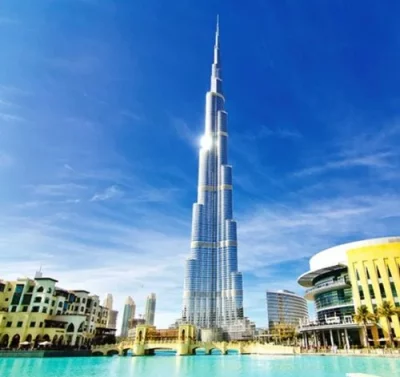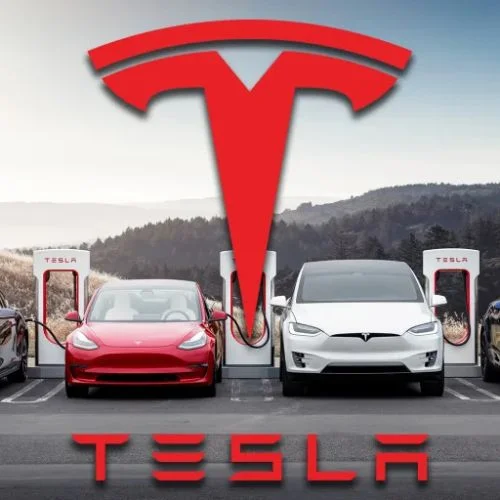India will invest 33,750 crowns to build a lithium-ion battery factory.
According to an independent study commissioned by the Energy Commission, India needs investments worth up to 33,750 crore rupees ($4.5 billion) to meet the government’s PLI target to set up 50 GWh of lithium-ion battery and battery manufacturing plants to release. (Central and Eastern Europe).
The country needs up to 903 GWh of energy storage to decarbonize its transport and electricity sectors by 2030, and lithium-ion batteries will meet much of this demand.
Earlier this month, the government announced that it had established a 5.9 million tonne lithium-derived resource in the Reasi region of Jammu and Kashmir.
Lithium is a non-ferrous metal that is a key component of electric vehicle batteries.
According to the Economic Study 2022-23, India’s annual electric vehicle sales are expected to reach 10 million units by 2030.
The material and financial needs and provides a plan for a national strategy in which Indian demand is expected to increase significantly.
The analysis is based on the minimum manufacturing plant capacity allocated under the PLI scheme – 5 GWh. The plants will also be energy-intensive, with a 5 GWh plant requiring 250 GWh of electricity per year, and a cheap and reliable electricity supply.
“For a green future, minerals like lithium will be as important as oil and gas are today. It’s in India’s strategic interest to secure not just the mineral, but also set up the required cell and battery manufacturing systems within the country,“ said Rishabh Jain, senior programme Lead, CEEW.
“It will reduce our dependence on other countries in the long run, and power our grid and EV transition. This year’s Budget has shown India’s interest in addressing these challenges by eliminating duties on battery manufacturing equipment and providing viability gap funding for battery projects. To scale up domestic lithium-ion manufacturing, India should step up R&D investments, focus on battery cell component manufacturing and reducing material costs, and support recycling to reduce the need for new materials,” he added.
To meet the overall battery demand, India will need 969 to 1,452 kilotons of anode, cathode and electrolyte materials (battery components) between 2022 and 2030. This compels the country to also give the priority to other energy storage technologies.
The CEEW study recommendations focus on strategic acquisitions of key minerals and encourage research, development and demonstration of all technologies to remain competitive.
“Development and deployment of batteries will have far-reaching impacts on India’s energy transition journey. Currently, India is import-dependent but the government has already started mobilizing resources to indigenise battery cell manufacturing,” Dhruv Warrior, research analyst, said.
“The focus on mineral processing and component manufacturing are, however, limited. The study estimates that the share of upstream component manufacturing and material processing can be as high as 61 per cent. Going forward, India must develop its capabilities to build skills, technology know-how and infrastructure to indigenise this part of the value chain too,” he added.















